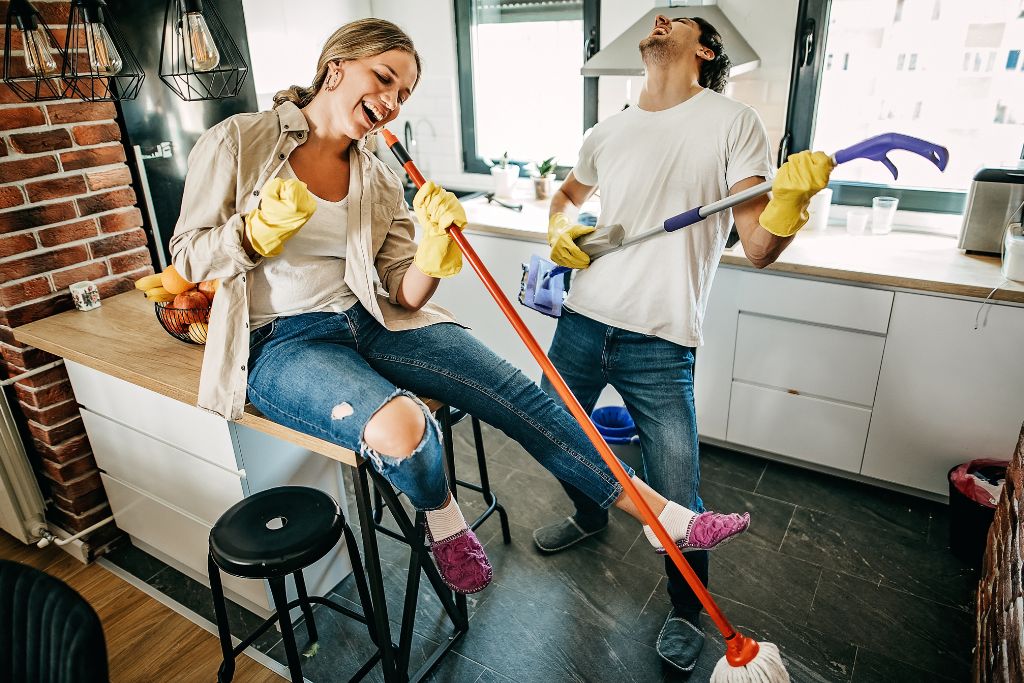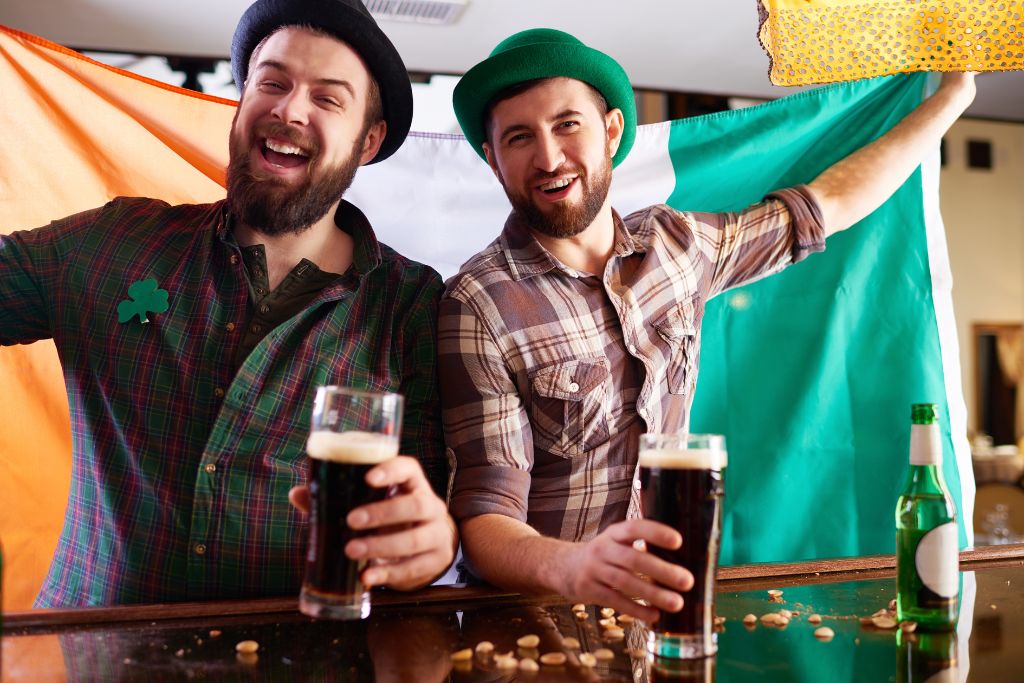If you’re looking to add a few pieces of vintage fashion to your closet, NYC has plenty of shops for you. From thrift stores to high-end consignment stores, there are tons of options here to help you find a style that suits you best. New York Vintage is a cozy boutique with a great selection of museum-quality vintage clothing. There is something about vintage clothing that just makes you feel special. Whether it’s the way the fabric feels or the history of the piece, there’s something about old clothes that makes them special and worth owning. And, for those who live in a city like New York City, Vintage Clothing Dig can offer a unique view of what life was like back in the 1920s and 1930s. The dig takes place every other week and lasts around two hours. You’ll be able to explore different parts of the Upper East Side– from the very high-end restaurants to small businesses on First Avenue– and take home some amazing pieces of clothing from all over the world. The staff is friendly and knowledgeable, and the fashion is always stunning and one-of-a-kind.
While the neighborhood has long been known for its opulent architecture and world-class museums, it is also a very family-friendly area with lots of green spaces, cultural centers, and great schools. It is a popular choice for families, single professionals, and students who want to live in the heart of Manhattan.

Rents on the Upper East Side have been on the rise since the pandemic and are now averaging $3,600 per month for a 1-bedroom apartment. However, the market is still in the early stages of regaining stability.
Noho’s Buffalo Exchange
Noho is a funky and fun area to explore. It’s home to some nifty landmarks such as the Merchant’s House Museum and some of NYC’s coolest restaurants. The area also gets a lot of press for being one of the best neighborhoods to shop for cool and unique clothes at reasonable prices. Among the most noteworthy stores is Noho’s Buffalo Exchange, a two-level resale store that’s worth checking out on a rainy day or two. It has the aforementioned large, albeit crowded, space in its bowels and a cool display of the finest in fashion and home accessories that is sure to please anyone who knows their stuff.

Screaming Mimi’s
A little over a mile from the Meatpacking District stands Screaming Mimi’s, a high-end vintage consignment store that prides itself on sourcing wares from all walks of life. The best part is that they’ll even price match and deliver your vintage finds straight to your doorstep. With a highly curated selection of goods from the past and present, you’ll have no problem filling your shopping cart with the latest fashions at affordable prices.

The store also houses a handful of other boutiques including a couple of high-end men’s and women’s clothing lines, including some impressively designed custom pieces from the likes of Ayub Khan. The shop is a true treasure trove of well-edited, curated, and expertly reconstructed garments dating back to the heyday of Baltimore’s most celebrated era. FIT grad and local Erica Bentley is credited with the honor of being the brains behind this exemplary enterprise. The store specializes in hand-picked classics from the past but also features an impeccably curated collection of one-of-a-kind relics, tidbits, and goodies for your closet and home.
10ft Single
Amid a growing gentrification movement, the Upper East Side is now a hot spot for vintage clothing and accessories. Shoppers take a stand against the fast turnover of disposable fashions at contemporary stores and instead seek out pieces that will stand the test of time.
Laura Wills, the owner of Screaming Mimi’s in the Noho district, scours the world for eclectic finds that span the 1950s to the 1990s and organizes racks by decade. She also labels sections by theme event categories, like a 1920s wedding or 1980s prom.

During a recent visit, shoppers browsed for Victorian flappers and frothy chiffon prom dresses on the women’s side. Men’s styles included ’50s leather bomber jackets and brocade kimonos, and polyester picture shirts from the disco ’70s.




